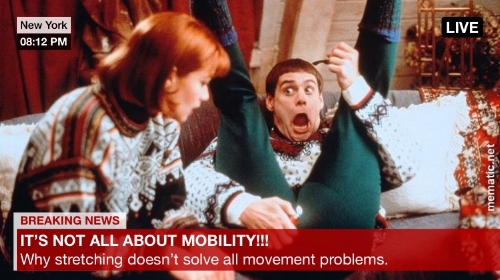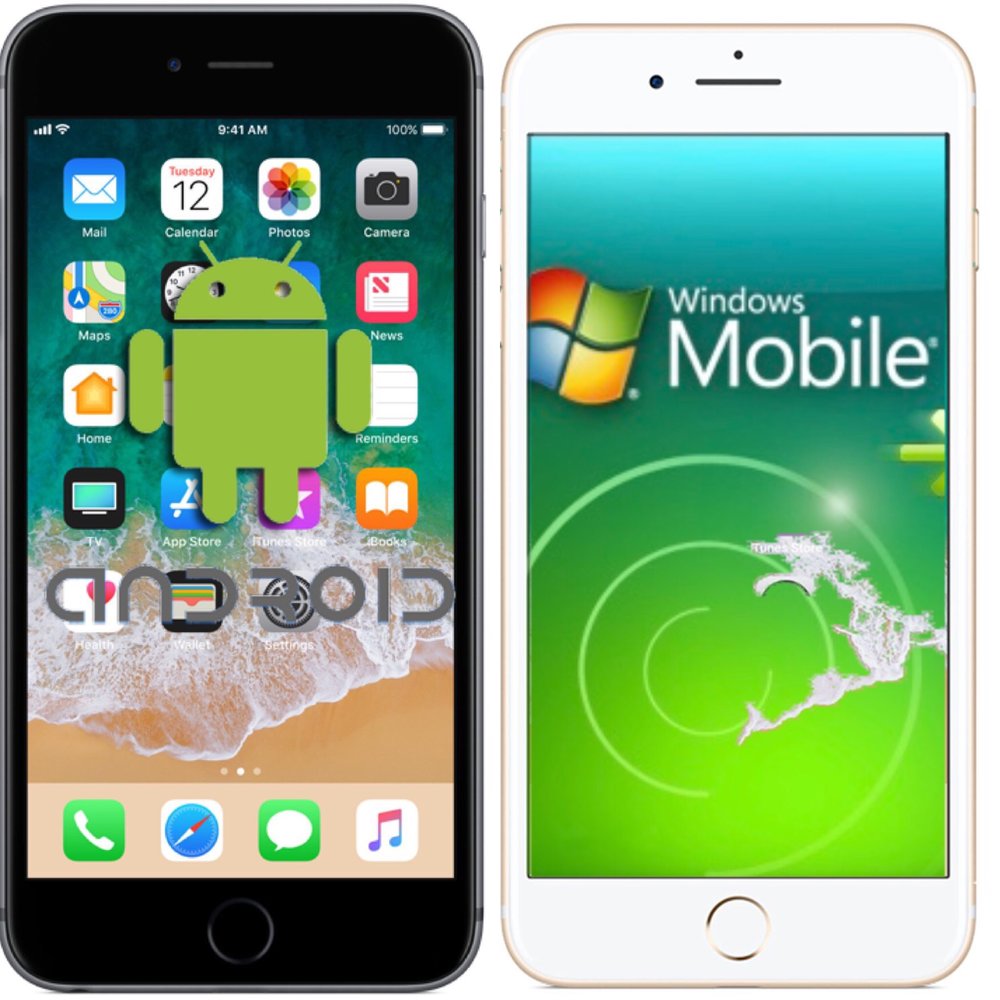
27 Mar It’s Not All About Mobility
The perception of many of those who are recovering from injuries or who have reached a plateau in skill acquisition is that mobility will fix everything. Do you have knee pain when you run? It must be tight hip flexors or IT bands. Can’t lift your arm overhead without shoulder pain? It must be due to tight lats or pecs. Can’t do a pistol?
“Well … it’s got to be your mobility so stretch.”
But the reality is, there’s more to moving well and pain-free than being able to bend like Gumby or a yogi.
Another piece that plays as important a role as mobility in injury recovery is how well you are able to execute a movement in a strong, repeatable, efficient and mechanically sound way. This is what PT’s, chiros, coaches and movement experts know as – motor control.
“Motor control is a combination of processing your mobility, muscle strength and position awareness to complete a desired movement.”
For you techies, think about it this way. If our bodies are iPhones (hardware), then motor control is the software. Hardware only performs as well as the software that is programmed to carry out the functions.
When damage occurs to components of hardware (insert injury here), the software in essence becomes corrupted and our motor control gets scrambled, leading to new movement patterns (aka- COMPENSATIONS).
Simple and efficient commands that the software was programmed with either crash or all of a sudden start to act whacky, out of sync and even counter-intuitive, as if your iPhone was loaded with Android or Windows operating systems.
This is why the human body is so remarkable – it is able to make adjustments, through compensations, to moderate pain that allow us to achieve a goal, even if it doesn’t look as pretty or as efficient as it used to be. Getting out of pain is first and foremost so moving in a less than ideal pattern is to be expected for a limited period of time. However, reinforcing “unpretty” or roundabout movement patterns over time lead to what is known as plastic changes in our brain’s ability to carry out a movement pattern. Plastic changes or neural plasticity is the brains ability to reorganize itself by forming new neural connections.
In other words, repeated compensations become the default strategy even when pain and injury have resolved or as world renown physical therapist – Gray Cook, would say “you’ve just hit save on a sh*tty document.”
“You can’t just stretch or massage your way into better movement or out of pain.”
Some of you may be skeptical about this information. You may even say “C’mon, how can things that have become second nature to me or skills that I have practiced so much become unlearned?” If you’re not convinced, I want to share one of my favorite YouTube videos on motor control and unlearning.
So for those of you who have or are rehabbing your way back to normalcy, I encourage you to be patient. Research shows that it can take as little as 4-6 weeks to make plastic changes.
Don’t feel that taking the time to refine the basics is a step back. It’s just that there are skills or activities that won’t just better with stretching more or passive interventions.



